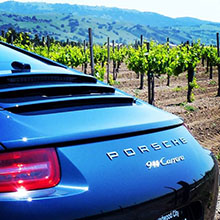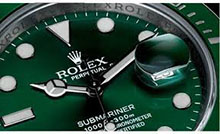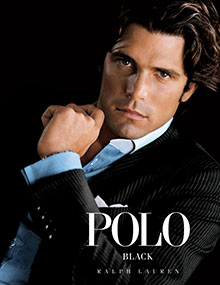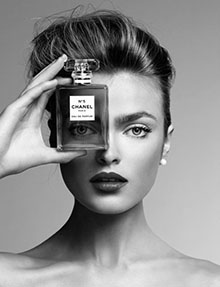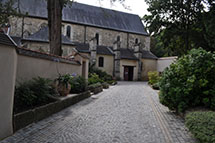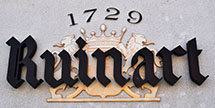|
The Dawn of Sparkling WineDuring the 15th and 16th centuries, the area and the wines were adopted by nobility, but the wines were still, they did not sparkle. In fact, the first documented intentional processes for sparkling wine production were from England in 1662, not from Dom Perignon, who did not even arrive at the monastery in Hautvillers until 1668. Dom Pierre Perignon’s accomplishments were remarkable and the monk did much to improve winemaking, including improving vineyard management, devising the blending practice and perfecting the method for making white wine from dark grapes in Champagne, but he spent much of his time trying to eliminate fermentation that sometimes occurred after bottling, not inventing it! In the last years of the 17th century (probably around 1695) the first sparkling wine production in France began. Ruinart, the oldest surviving Champagne house to exclusively produce sparkling wine, was not established until 1729. Others such as Moet, Roederer, Clicquot and Heidsieck followed. The first recipe for adding “sugar and molasses” (which would intentionally initiate a second fermentation) was presented in a document on December 17, 1662 by Christopher Merret to the Royal Society in London. Still wine from Champagne was shipped to England in casks until late in the 17th century. The English had begun using coal to fire their glass in the early 17th century. Coal fired glass is much stronger than the wood fired glass in use in France at the time. Beginning in the 1620s, the English would bottle the wine from the casks in their stronger coal fired glass. It was very difficult for wood fired glass to hold up to the pressure from the carbon dioxide in fully sparkling wine, but the evolution of coal fired glass including further strengthening by the addition of manganese and iron for color, made it possible. The French did not begin experimenting with coal fired glass until late in the century. In addition, the English were using cork as a stopper years before the French, who did not begin experimentation with cork until nearly the end of the 17th century at the earliest. There is no doubt that the current production for champagne was a progression over time and accidental fermentation in bottles was not uncommon throughout the entire history of wine production in the world. The current process was more of an evolution than an invention, but production using a secondary fermentation that was intentionally initiated, apparently started in England, not Champagne. The history of champagne continues with The French Revolution and Napoleonic Era - Champagne History Part 3. Related Subjects More about Champagne History
|
||||||||||||||||||||||||||||||||

